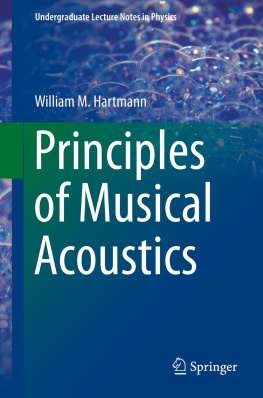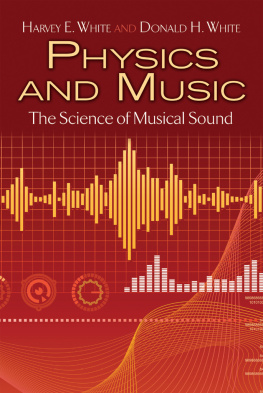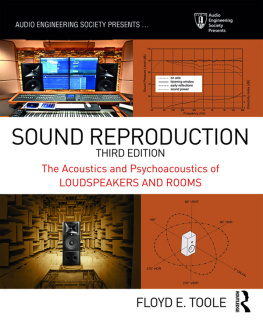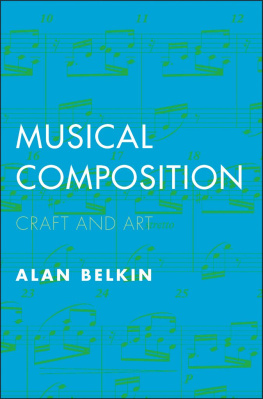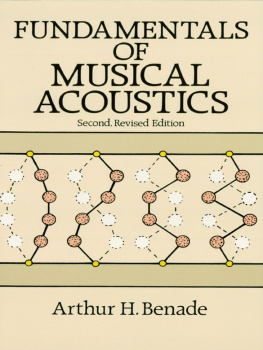William M. Hartmann - Principles of Musical Acoustics
Here you can read online William M. Hartmann - Principles of Musical Acoustics full text of the book (entire story) in english for free. Download pdf and epub, get meaning, cover and reviews about this ebook. year: 0, publisher: Springer New York, New York, NY, genre: Children. Description of the work, (preface) as well as reviews are available. Best literature library LitArk.com created for fans of good reading and offers a wide selection of genres:
Romance novel
Science fiction
Adventure
Detective
Science
History
Home and family
Prose
Art
Politics
Computer
Non-fiction
Religion
Business
Children
Humor
Choose a favorite category and find really read worthwhile books. Enjoy immersion in the world of imagination, feel the emotions of the characters or learn something new for yourself, make an fascinating discovery.
- Book:Principles of Musical Acoustics
- Author:
- Publisher:Springer New York, New York, NY
- Genre:
- Year:0
- Rating:5 / 5
- Favourites:Add to favourites
- Your mark:
- 100
- 1
- 2
- 3
- 4
- 5
Principles of Musical Acoustics: summary, description and annotation
We offer to read an annotation, description, summary or preface (depends on what the author of the book "Principles of Musical Acoustics" wrote himself). If you haven't found the necessary information about the book — write in the comments, we will try to find it.
Principles of Musical Acoustics — read online for free the complete book (whole text) full work
Below is the text of the book, divided by pages. System saving the place of the last page read, allows you to conveniently read the book "Principles of Musical Acoustics" online for free, without having to search again every time where you left off. Put a bookmark, and you can go to the page where you finished reading at any time.
Font size:
Interval:
Bookmark:
- Definitions : We need precise definitions for ideas and for quantities. We often take common words and give them meanings that are more tightly constrained than in everyday speech. For instance, in the next chapter the word period will be given a precise mathematical meaning.
- Simplification : The real world is complicated. Science gains its power by simplification. For instance, everyday materials are complex compounds and mixtures of dozens of chemical elements, but the chemist uses pure chemicals to gain control of his experiment. In the same way, speech and music are complicated signals, but the acoustician uses signals that are no more complicated than necessary for the intended purpose.
- Idealization : The technique of idealization is like simplification in that it is a scientific response to a messy world. Idealization applies to the conceptual models that we use to explain some aspect of the world. An idealized model attempts to capture the essence of something, even though the model may not explain every detail. For instance, there is the concept that planets, like the Earth and Mars, orbit the Sun because of the Suns strong gravitational attraction. That is a powerful model of our solar system. But, it is not a perfect model because the planets attract one another too, and this is not included in the basic heliocentric model of orbital motion. Nevertheless, the model successfully abstracts the most important character of planetary motion from a complicated real-world situation. This model is a useful idealization.
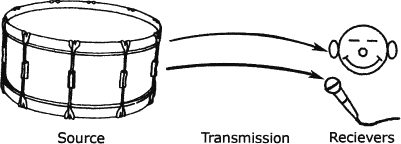
Font size:
Interval:
Bookmark:
Similar books «Principles of Musical Acoustics»
Look at similar books to Principles of Musical Acoustics. We have selected literature similar in name and meaning in the hope of providing readers with more options to find new, interesting, not yet read works.
Discussion, reviews of the book Principles of Musical Acoustics and just readers' own opinions. Leave your comments, write what you think about the work, its meaning or the main characters. Specify what exactly you liked and what you didn't like, and why you think so.

